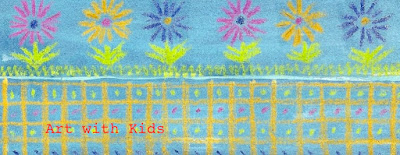I placed my leaves and petals between two sheets of computer paper, laying them out in a single layer. I placed the paper in the middle of a heavy book and placed a 20 pound weight on top of the book. Bear in mind that the point of pressing is to squeese out all the moisture, so do not use a valuable book as your pages may get slightly damp. I pressed my bits of nature for about a week. You can always take a peek and see how they are doing. I used poster board to make the accordion book. I simply glued the leaves and flowers in place by coating the poster board with a glue stick and then laying the leaf or flower in place. I gave it a gentle pat to make sure that it was flat.
Saturday, August 10, 2019
Accordion Books with Pressed Leaves and Flowers
Collecting leaves and flowers is a great way to develop in children an interest in nature, and to sharpen their observational skills. A walk along a country road or through an urban park can yield an endless variety of beautiful and delicate shapes in the form of leaves and flower petals. When collecting specimens to press, consider how much variety there is to be found even among plants that we classify as weeds. Some leaves are shaped like hearts, some have ridges like potato chips, and others look like tiny Christmas trees. Forget the trip to the art store, and gather the supplies for a nature accordion book wherever you happen to live.
When gathering your samples keep in mind that flower petals tend to be more delicate than leaves and their colors often fade. Also, think about what will happen once your specimen is flattened. Flowers with dimensional centers do not press as well as a pansy, for instance. Leaves also work better if they are not overly delicate. Maple and oak leaves work well. Ferns are a good choice too. Since I was planning on using my pressed leaves and flowers for a small accordion book, I picked specimens that would fit my layout.




No comments:
Post a Comment